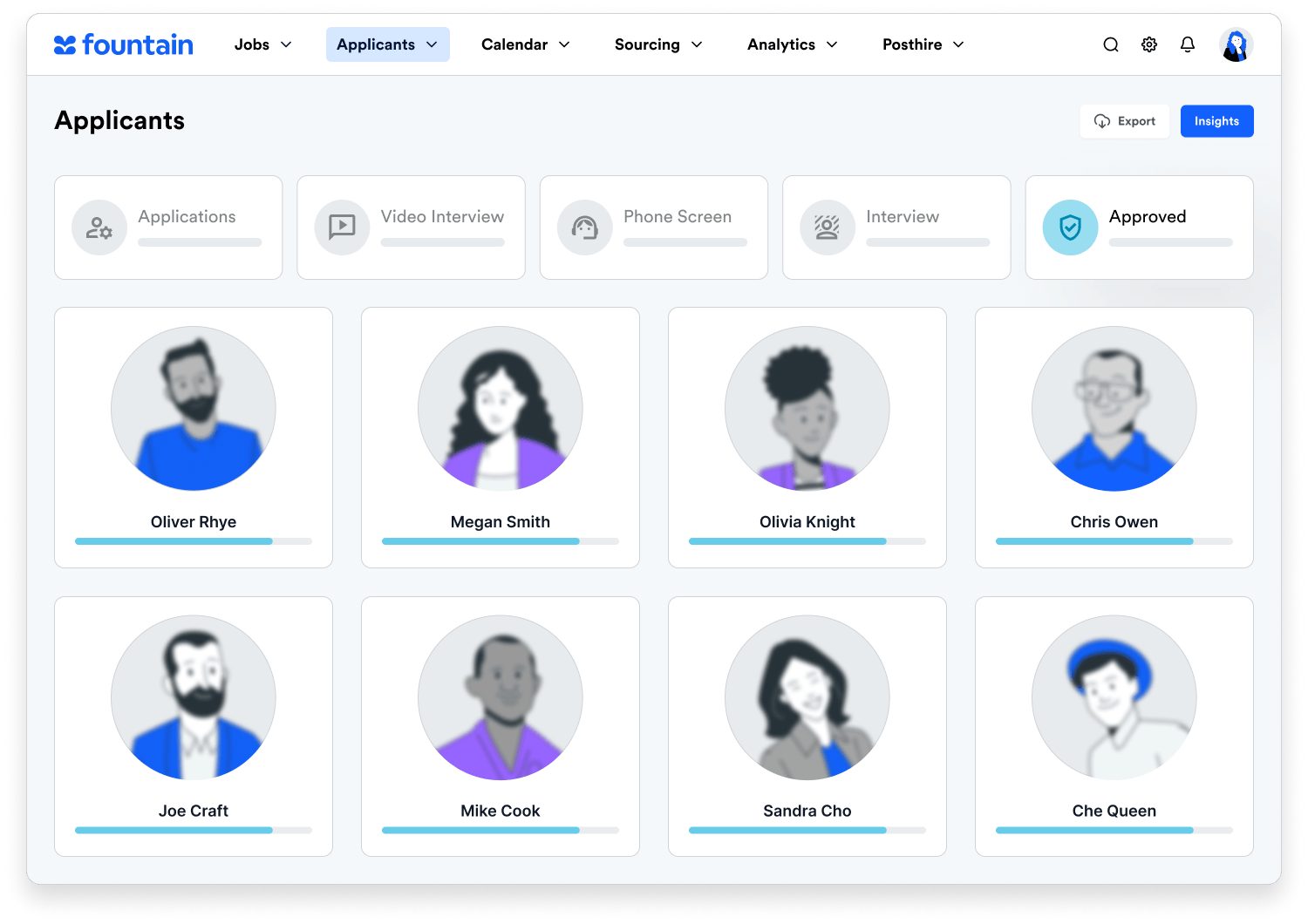Let’s look at today’s workforce.
Unemployment was at a historic low of 3.9%, before spiking to 14.7% amid the COVID-19 pandemic. Over 60% of the workforce is hourly, and 75% of the workforce will be millennials by 2025.
Enterprises, especially those with a large service workforce, are facing growing challenges around finding quality hires, filling roles fast, streamlining recruiting, and improving processes and broken systems.
The New Service Economy is growing fast and employers are competing for the same talent pool with high expectations, making hiring much more difficult. Businesses are struggling to keep up and it is affecting the bottom line.
Here are the top 6 hiring challenges companies face today:
- Quality of Hire
Candidate quality—someone who performs well on the job and doesn’t churn—is the most challenging target to hit. Identifying specific qualities of high-performing workers is critical to improving this metric.
- Complicated, Manual Screening
With 40% of HR managers reporting three or more hours to process a new employee, eliminating manual processes is low-hanging fruit for most companies. Today’s candidates expect the same ease of use they experience with phone apps and mobile-friendly websites, not complicated forms, and drawn-out processes.
- Disjointed Communications
A lack of communication is costing companies good hires. In today’s mobile-first world, there’s no excuse for poor application processes, missed interview reminders, or going silent after sending an offer letter.
- Lack of Visibility Through Data and Analytics
HR has traditionally had little visibility into cost per hire, how to optimize spending on sourcing campaigns, or where potential hires are in the hiring process. Over-reliance on manual processes hamstrings recruiters with outdated candidate information, slow reaction time, and few data sorting capabilities.
- “Time Poor” Candidates
With some reports saying up to 70% of workers search for new jobs while at work, it’s become critical to show candidates your company is motivated, connected, and engaged. Today’s candidates are looking for positive experiences throughout the hiring process, and that means being respectful of their time.
- Turnover
Lack of transparency in hiring and onboarding is responsible for 50% – 120% of annual turnover (varying by industry). New hires most commonly leave because of unmet expectations like lower than expected earnings, or scheduling conflicts like bad shift times or too few shifts available. This is a company failure, not a candidate issue.
Uncomplicate your hiring process with user-friendly tools. Download the Modern Hiring Guide for the 5 must-have features your hiring software needs!

